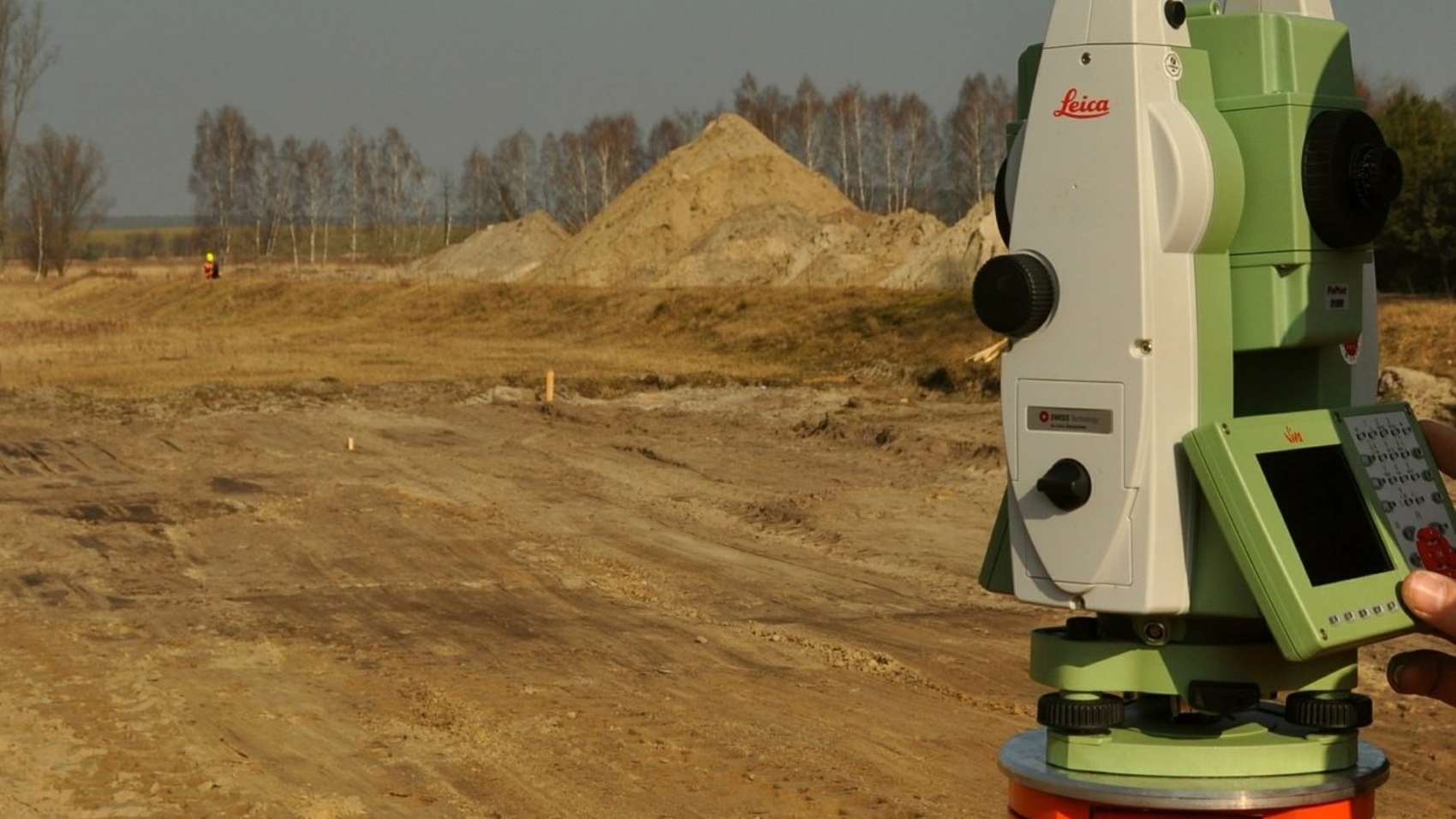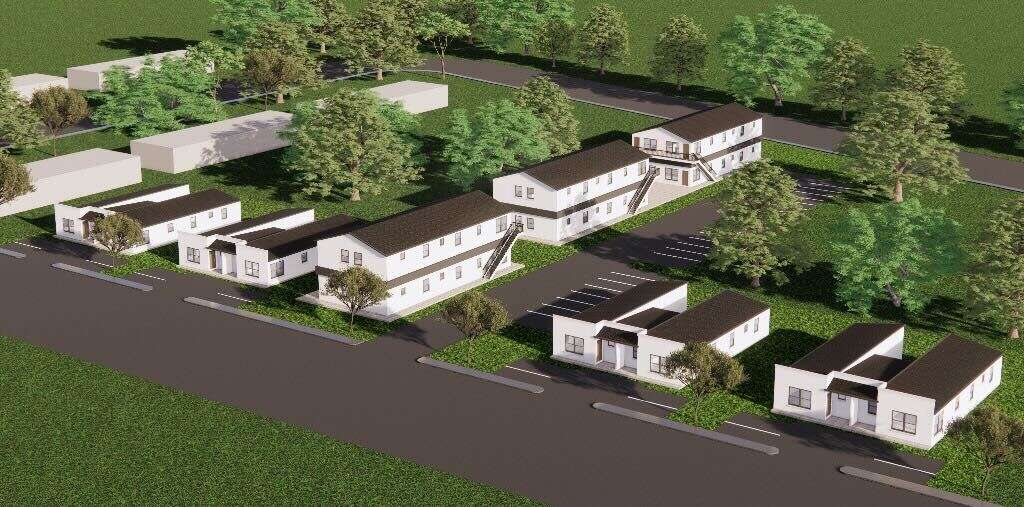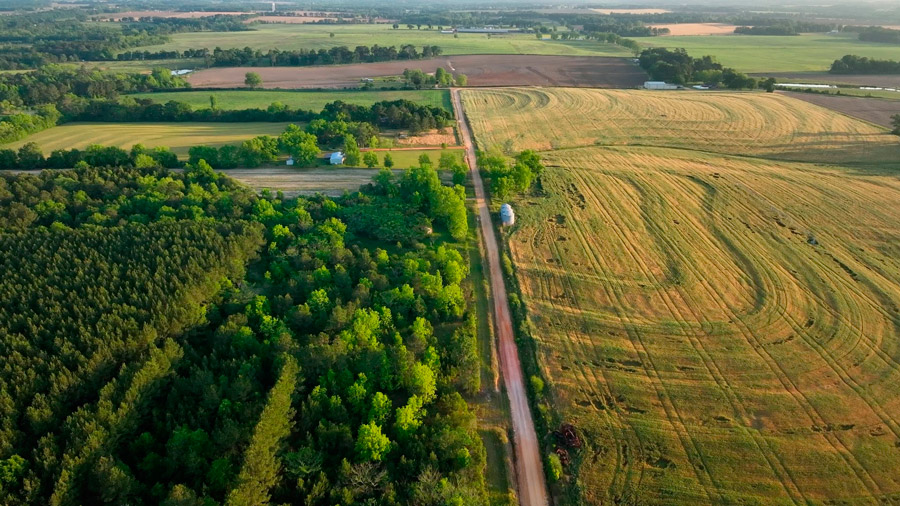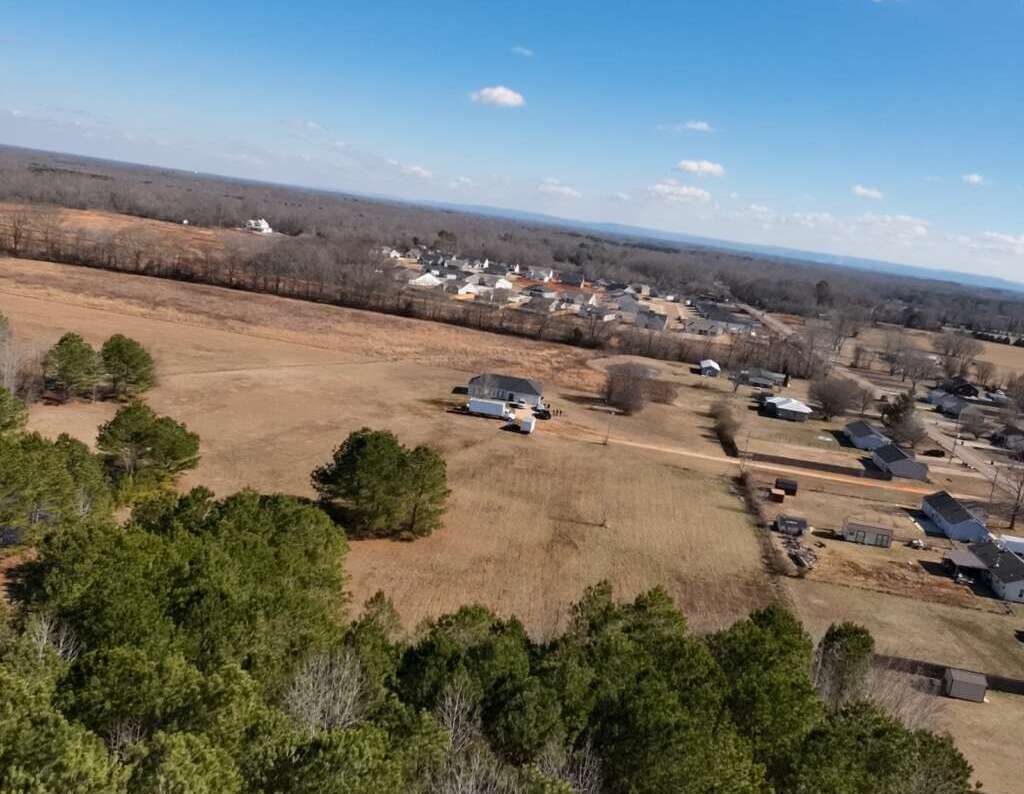You bought land. It’s yours. So naturally, you can do what you want with it, build a few homes, maybe a shop, or even that tiny home village you’ve been dreaming about.
But then you hit the wall.
Zoning.
Across Alabama, zoning laws are a constantly shifting landscape of restrictions, interpretations, and outright contradictions. Most landowners don’t realize how often these invisible lines on a planning map can completely control what is or isn’t possible on their property. And the real problem? These rules aren’t obvious. They’re buried in PDF ordinances, siloed in county offices, or loosely interpreted by whichever planner happens to be on duty that day.
The result? Projects stall. Permits get denied. Entire development ideas are scrapped.
This blog is your wake-up call.

The Hidden Maze of Alabama Zoning Laws
Zoning is supposed to be the organizing framework for how land is used. In theory, it makes sense. But in practice—especially in Alabama—it’s a maze without a map.
Consider this: In one county, your land might be zoned for low-density residential with a minor-use variance allowing for accessory dwellings. In the county right next door, that same exact setup might require a full rezoning application, multiple hearings, and public approval before a shovel hits the ground.
Take Jefferson County, for example. It has its own zoning resolution with detailed use tables, overlay districts, and site-specific requirements. Meanwhile, neighboring Shelby County has its own development codes—and if your property lies near the boundary, good luck navigating the jurisdictional tug-of-war.
Municipalities like Huntsville and Birmingham enforce their own zoning overlays that supersede county rules in certain cases. Rural counties may not have zoning at all, until they do—and when they implement it, landowners often have no idea the rules have changed until it’s too late.
Common Misconceptions That Derail Landowners
The biggest trap landowners fall into is assuming their use is “by-right” just because something looks rural or underdeveloped.
Some of the most common false assumptions we hear include:
- “My neighbor built a similar property, so I can too.”
- “There’s nothing out here, so there can’t be restrictions.”
- “It’s outside city limits, so there are no rules.”
All of these are incorrect. Zoning changes over time, and grandfathering doesn’t always apply. What your neighbor was allowed to build five years ago may no longer be permissible.
One landowner in Baldwin County assumed they could subdivide their 10-acre parcel for rental cottages because it was unincorporated. After two months of planning, they discovered the parcel was subject to a newly adopted land-use plan that prohibited short-term rental clusters. The entire project was abandoned—and $11,000 of planning and design work lost.
Why DIY Zoning Research is a Risk You Can’t Afford
Trying to interpret your local zoning regulations on your own is like representing yourself in court. Technically possible. Usually disastrous.
Many landowners will download the local code PDF and skim it, missing key definitions, overlay restrictions, or use limitations that are buried in obscure footnotes. Others will call the city or county office and get conflicting answers depending on who picks up the phone.
Even experienced builders get tripped up. Conditional use approvals, special exceptions, and planning board decisions are often influenced by politics, public sentiment, and long-term development agendas—not just what’s written in the code.
In short, zoning is both legal and strategic. You need someone who knows both.

How UrbanPlanningPros Helps You Cut Through the Noise
At UrbanPlanningPros, we specialize in navigating Alabama’s fragmented zoning ecosystem.
As a vertically integrated land consultancy, our team knows how to:
- Decode your zoning rights and identify red flags before they cost you
- Communicate with municipal staff to get clear interpretations, not guesswork
- Determine the most efficient path forward—whether that’s rezoning, variance, or redesign
- Align your project with the local comprehensive plan so it has a better shot at approval
We don’t stop at telling you what’s allowed. We show you how to align your vision with what’s possible—so you can move forward with confidence and clarity.
Zoning Isn’t Just Paperwork. It’s Power.
Every successful development project in Alabama starts with understanding what you can and cannot do on your land—before you waste time or money on engineering, design, or contractor bids.
Don’t let assumptions or outdated information dictate your future.
Let our team at UrbanPlanningPros help you decode the complexity of Alabama zoning before it becomes your most expensive blind spot.
Take Action Before the Rules Change Again
Zoning isn’t static—and waiting until you’re ready to build is too late to ask what’s legal.
If you want to explore development, subdivision, or even just long-term land planning, you need to know what your property is truly capable of.
Schedule your Land Use Discovery Call now at
https://urbanplanningpros.com/contact
Because your best ideas deserve more than a rubber stamp rejection.












